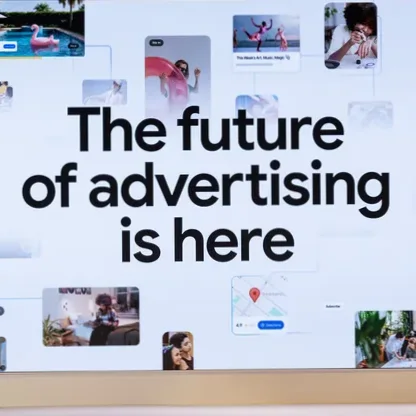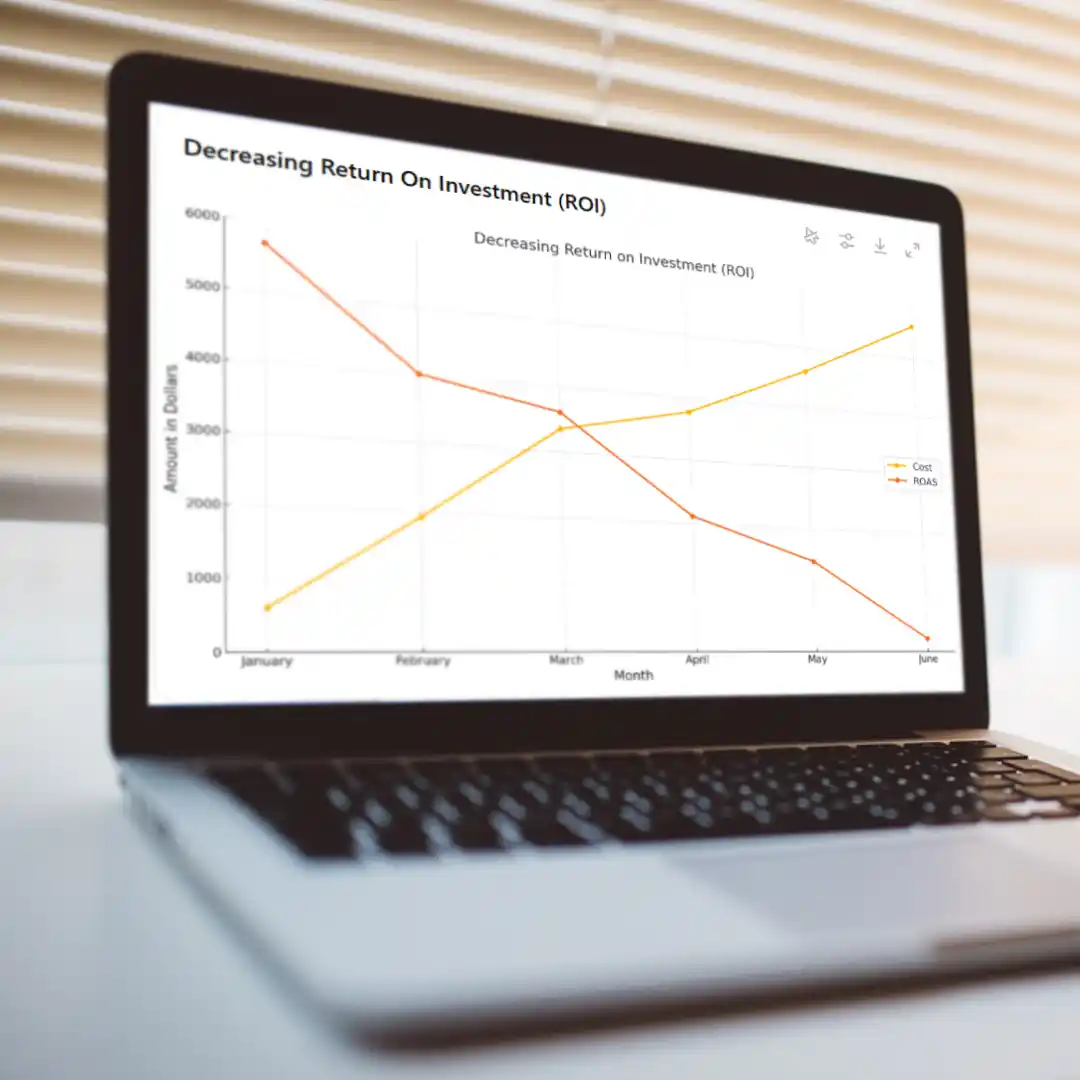Companies tend to think of LinkedIn primarily as a resource for employee recruitment and professional connections. Although it’s certainly a great place to promote your job offerings, LinkedIn also offers several ad targeting options that make it a diverse and highly valuable platform for general advertising by B2B companies.
Think about it: who better to see your ads than industry professionals with the authority to utilize your products or services for their entire company?
Read on to explore the different ad types and our advice on which are most effective.
Related Service: LinkedIn Advertising Management
LinkedIn Ads Format Options
Text Ads
These are small text-based ads that appear above or to the right of the main feed. Usually, these ads have the lowest cost per click, and they generally receive the highest number of impressions compared to other formats. The Click-Through Rates (CTR) benchmark is around .01%.
The greatest disadvantage of text ads is that they only display on desktop devices. Given that 57% of LinkedIn users are on mobile devices, this is a significant loss.
Another issue is that due to their size, text ads are easy to tune out—or not see at all.
We don’t typically recommend this option unless it is paired with one of the other options. When an additional ad format is paired with text ads, they can provide additional awareness and recognition, which can increase engagement and conversion rates.
Sponsored Content
These advertisements are more prominent than text ads: they appear in the main feed just like other updates from your network.
Visible to both desktop and mobile users, Sponsored Content ads can include an image, video, or carousel of multiple images. They can even have a lead form attached to the ad, allowing users to automatically submit their LinkedIn contact information directly in the form. Lead forms are pre-filled with information from a user’s LinkedIn profile which lowers the barrier to convert.
With a CPC around $10/click, these ads typically have a .45%-1% CTR. If you have valuable content like a whitepaper or eBook and your objective is lead generation, then we typically recommend this ad type.
Sponsored InMail
With Sponsored InMail, you can send targeted, personalized content to your specific audience. This option is billed by “Cost Per Send” (CPS), not opens or clicks. It’s around $0.30-$0.60 per send, and the open rate is usually about 40-60%.
Because InMail is accessible both on desktop and mobile, your potential audience is wide. InMail is typically best suited for sending a targeted invite to an event or following up with contacts and providing a lower funnel offer.
Dynamic Ads
These are similar to text ads in that they are only visible for desktop users — dynamic ads appear on the top or right of the page.
However, there are some additional features that make this format useful.
First, there are three different formats: follower, spotlight, and content. Follower ads seek to expand the reach of your LinkedIn page by increasing your number of followers, spotlight ads feature a prominent call-to-action and send users to your landing page, and content ads allow users to download your content in exchange for their contact information.
Second, dynamic ads can be personalized to the individual user being targeted. If you choose to, you can even incorporate their profile picture and name as part of the ad.
Some features of dynamic ads are not available yet through the self-service platform. For example, you would need a purchase order through LinkedIn to run dynamic content ads.
Conclusion
This blog post on the history of LinkedIn ads contains more information that’s helpful to consider if you’re thinking about advertising on LinkedIn.
Just like any other online advertising, results for each of these LinkedIn ad formats will depend on multiple variables, such as your industry and target audience. Make sure to keep these variables in mind and set realistic expectations for your campaign.
Ultimately, the ad type(s) you end up choosing will depend on your primary objective, offer, and line of business. Between Text Ads, Sponsored Content, Sponsored InMail, or Dynamic ads, there’s an option suited for most ad campaigns, especially in the B2B space.





